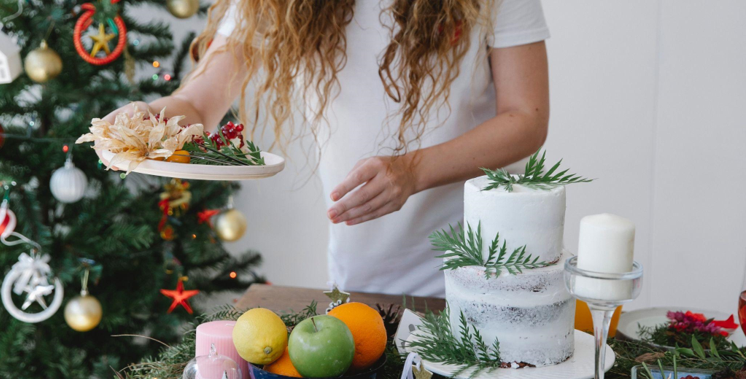The History and Significance of Christmas Elves
Christmas elves have been a staple in European folklore for centuries. They were originally known as “house elves” and were believed to help with household chores in exchange for small gifts and treats. Over time, these little helpers became associated with Christmas and were portrayed as Santa Claus’s workshop assistants.
The rise of Christmas elves can also be attributed to the popularity of the 1823 poem “A Visit from St. Nicholas” by Clement Clarke Moore, which introduced the world to the concept of Santa’s elves making toys at the North Pole. Today, Christmas elves are recognized as symbols of joy, excitement, and wonder, and have become a beloved part of holiday traditions for families worldwide.
Christmas Elves and Pregnancy
The magic of Christmas elves can begin before a baby is even born. As many expecting parents look for ways to connect with their unborn child, having a Christmas elf make surprise appearances throughout the house can be a fun and lighthearted way to create memories and build anticipation for the holiday season.
Parents can also use Christmas elves to help prepare for the arrival of their baby. As the elf helps decorate the nursery or leave small gifts for the baby-to-be, parents can use this time to bond with their child and create a sense of excitement for the upcoming arrival.
Christmas Elves and the Nursery
Once the baby is born, Christmas elves can continue to play a unique role in the household. Parents can use elves to make the nursery a more festive and magical space, with the elf leaving small gifts or surprises for the baby each day.
For older babies and toddlers, Christmas elves can also become a fun part of their daily routine. The elf can hide around the nursery, leaving clues to find hidden treats or toys. This adds an element of excitement and wonder to the child’s day while also encouraging them to use their imagination and creativity.
Conclusion
From pregnancy to the nursery, Christmas elves can bring joy and magic to families during the holiday season. Whether they’re used as a way to connect with an unborn child, decorate a nursery, or add excitement to a baby’s day, these magical creatures have become an essential part of many family traditions around the world.
